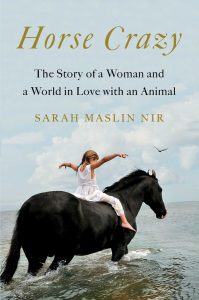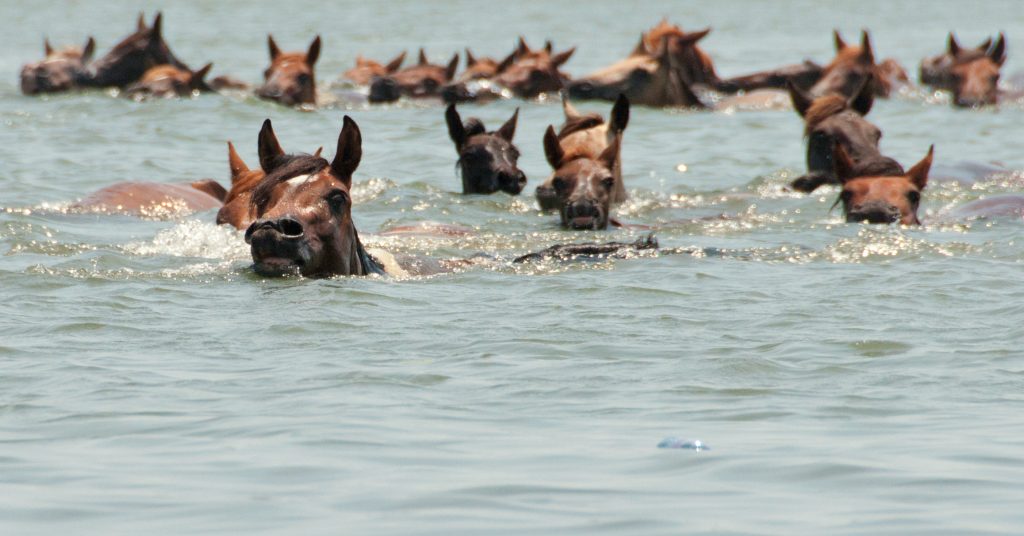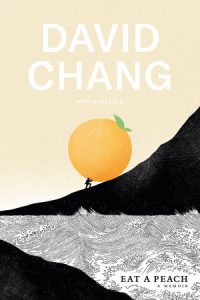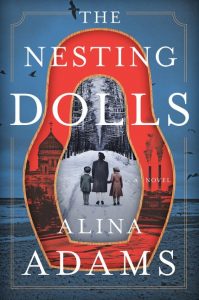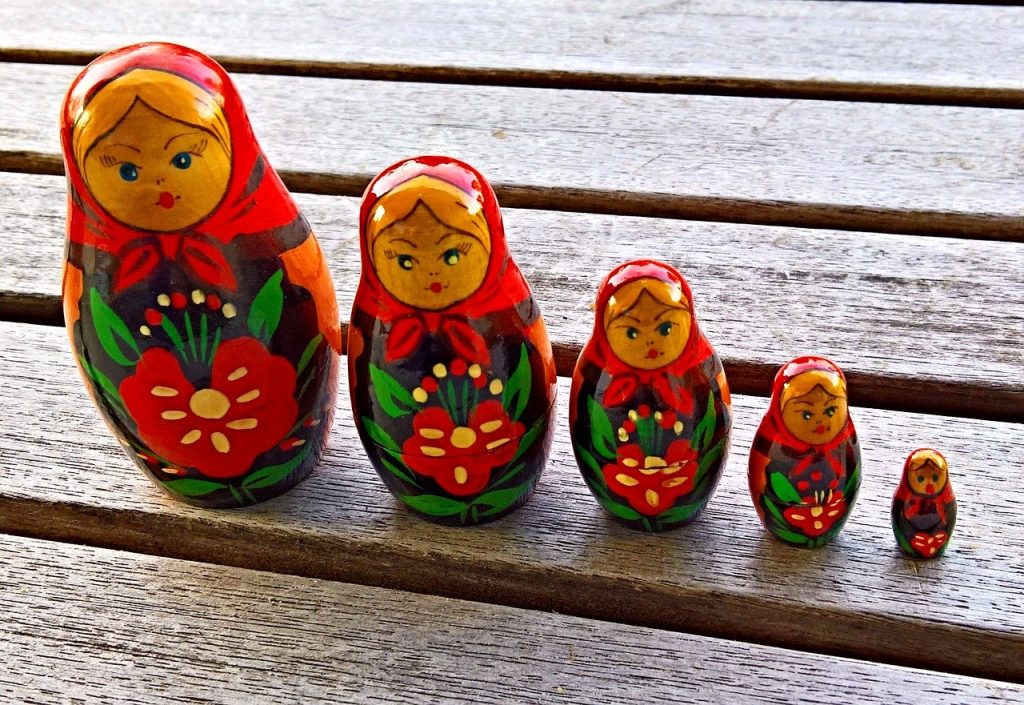
Deep-rooted grief comforted by a place of simple beauty (Maine, 1947 – 1965): How would you define a literary masterpiece? Would you think it over-the-top to characterize an author’s first novel as a masterpiece? These questions are asked because Beneficence moves us with so much pathos and so much grace and beauty, and it’s Meredith Hall’s debut novel.
Years from now, Beneficence is one of those novels that sticks with you. Not in the details, but in the rendering of a once-upon-a-time, happy family of five, the Senters, who suffered for at least ten, fourteen years, from profound grief, which stays inside them forever.
In 1988, Princeton University convened a forum to consider the literary questions posed. What’s reported doesn’t provide conclusive answers, art is so subjective anyway, but a couple of things stand out: “it would be a shame not to read” the book, if it “lays claim to universality and is therefore a lesson in humanity.” By this standard alone, Beneficence is a literary feat.
Elsewhere, googling, you’ll find references about the power of the prose to affect us emotionally, including triggering feelings about beauty. This too, fits Hall’s first novel.
Along the internet way, I discovered a word that describes someone who loves beauty: philocalist. Some Senters, and the author based on her memoir discussed below, sense beauty as something sacred and blessed. “We are blessed with the gift of loving this beauty” is a remarkable spirit in a novel about a family coming apart, from a tragic accident. We may attribute this outlook to something spiritual, mystical, but the novel attributes it to a “willingness to believe in some sort of goodness.”
A strong sense of place — a “handsome” yet “simple” dairy-farm in Maine, and the northern land it encompasses — offers beneficence.
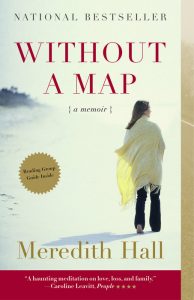
Hall’s debut novel was so compelling, I felt compelled to read her memoir written in 2008, Without A Map, which is as gorgeously written and profoundly moving. Beneficence shines all by itself, but packaged with her memoir it provides insight into the depth of her personal losses that enables her fictional artistry.
Like Beneficence, Hall’s memoir is stunning in the intensity and longevity of unbearable grief, guilt, shame, loneliness, abandonment, and yearning for forgiveness. Hall’s “hunger for love” led to becoming pregnant at sixteen, then mercilessly was thrown out of her childhood home and her divorced father’s home, by parents she loved. “Shunned,” homeless, and destitute, somehow she never lost her deep appreciation of life and nature’s beauty. She’s injected this gift into her fictional family.
Hall’s real life trauma is entwined into her fictional trauma, even in the novel’s setting. We’re told Beneficence takes place in Alstead, Maine, but the town doesn’t seem to exist; Alstead, New Hampshire does. New Hampshire is where Hall’s universe collapsed, and now the Senters fall apart in the same town.
Forced to abandon her newborn, whom Hall wasn’t even permitted to see, she descended into an “encompassing sorrow” that devolved into her “private and interior devastation.” This is precisely what happens to the Senters, most dysfunctionally to Doris, the loving mother of three children who loses one, emotionally abandoning her family for years. “The grief I carry every single day has burrowed deep,” Hall wrote in her memoir, the same devastation Doris feels; Tup, her husband, too but differently. Of course, the children are also impacted.
In Without A Map, Hall still wants to “absorb all the wisdom and beauty of the human soul,” which is extraordinary after what she went through. Again, she wants all the sadness of Beneficence to be infused with this quality of sensitivity.
Motherhood is far-reaching, all-inclusive, as seen through the voices of three of the four remaining family members: Doris, Tup, and their only daughter, Dodie, whose forced to mother the son who survived; assume the domestic duties; and take on a greater share of the farmwork at roughly the same age the author was thrown into adulthood.
Since neither sons’ voice tells their perspective, the reader won’t find out whether it’s Sonny, the eldest, or Beston/Best, the youngest, who is the buried child until the end of Part One, Before.
The Maine farm, passed down from five generations, brings joy despite the story being told after the Depression and the end of WWII. Joy is for the simple yet meaningful and beautiful things in life, which readers are mourning and thinking about during these historically traumatic times. For all the blessedness that runs through the Before chapters, Doris’ words on page one are foreboding, saying, “I was the one who was supposed to keep an eye on the children.”
Doris has a desperate need for forgiveness. But she’s not the only one seeking forgiveness, because no one is actually sure what happened in fleeting moments that consume lives. Doris’ withdrawal results in Dodie’s heroic and painful persistence, emphasizing that Dodie has lost her youth like Hall did.
A major difference between fact and fiction is that the Senters are tethered to and committed to one physical place, whereas Hall spent years wandering the globe. The farmhouse has a comforting, “lived-in” feeling, while Hall had no place to even shelter in. The theme of Home looms large and essential. The farm is thriving from plenty of hard, “good work,” but no matter how hard Hall’s life descends, or the goodness in her heart, she has to sell the clothes on her back to eat, barely. Tup’s love for his distraught wife regardless of his sacrifices over the years, echoes some of the helplessness Hall endured.
Cycling through the seasons on the farm serves as a “rescue of order” against all that’s “aching sweet and unbearable.” The Maine farm is this family’s map, the map Meredith Hall spent years without.
We’re relieved Hall’s life finally turned around. At age forty-four, she graduated college; found her own family to love; taught creative writing at the University of New Hampshire. After all the years of pain and suffering, can the Senters move on?
Seeking the answer to that question keeps you turning pages, but make no mistake it’s the simple eloquence of the prose that compels you on, reflecting how I felt compelled to read Without A Map after inhaling Beneficence.
Once Hall was without a map, there was only a Before and After. Fictionally, she stretches out the rawness and endurance of grief, adding more Parts: During, After, and Here. Throughout the sorrow, Hall’s characters are washed over by “a quiet sort of peace.” She’s created people who believe “there is nothing more elegant than the head of a white-tail deer.” Who, when they allow themselves to take a break, go ice skating and can still enjoy “the feeling of ice carved by our skates with a rasping swoosh . . . skimming smoothly and effortlessly into the light.”
The comfort of light is expressed repeatedly — the “the soft light of home,” the “dawn light in the kitchen calling us to the next day,” the “low morning light.” Characters who are, or were, able to be in the moment.
Wisdom comes in accepting that “we ride this planet with all its sorrow and all its love and all its beauty and all its hard mysteries.” That “the great price of love and attachment is loss.” And to keep reminding ourselves “every day is a gift.”
Lorraine
